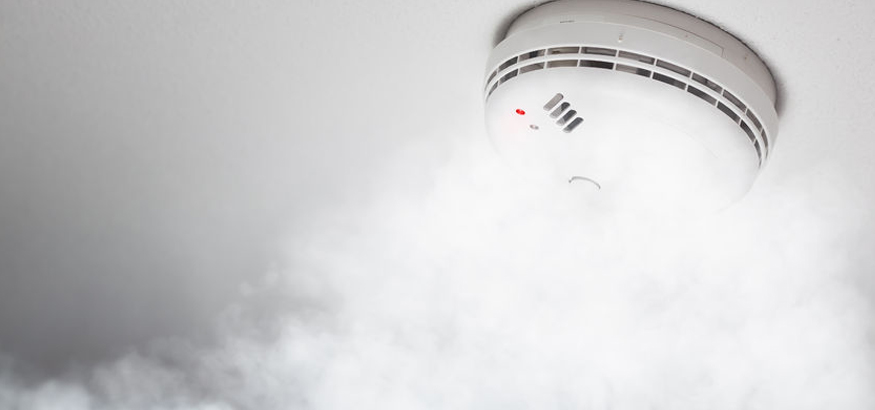Queensland’s New Smoke Alarm Legislation
“Everyone should take action to update their alarm system and comply as soon as possible. All old residences need to have photoelectric, interconnected smoke alarms.” - Fire and Emergency Minister, Bill Byrne. 1 Sep 2016
On 1st of January 2017, photoelectric alarms will be required to be installed in homes any time a smoke alarm is being replaced or a new one is being installed in any way, with additional requirements being phased in over a period of time. Rental Properties will need to be on board quite soon.
About a year ago, a proposed bill focused on upgrading smoke alarms to prevent deaths caused by house fires. This was preceded by the house fire in Slacks Creek, a suburb of Logan City in Queensland, wherein 11 people mostly children, perished. This was considered “Logan’s greatest tragedy”, and Logan’s then mayor Pam Parker said the tragedy was the worst the city had experienced. In September of 2016, residents of Paddington, QLD, were woken by a house fire at around 5:30am. Although the fire was eventually brought under control, two houses were severely damaged, and paramedics said one person was treated for smoke inhalation and minor hand burns. These incidents helped bring upon a new legislation introduced in Parliament enforcing households to upgrade their smoke alarms to the new photoelectric ones. Fire Commissioner Greg Mullins said that ionisation alarms should be phased out and replaced with photoelectric alarms.
What is a photoelectric alarm? This type of smoke alarm is also known as optical or photo-optical alarm. It detects visible particles of combustion, and respond to a wide range of smouldering fires and dense smoke. Ionisation alarms smell the smoke but photoelectric ones see it quickly.
People die every year due to house fires, and most die due to inhalation of toxic smoke and dangerous fumes. Fire and Emergency Services minister, Bill Byrne said, “Research shows that photoelectric, interconnected smoke alarms are the most effective on the market for alerting people to fires early”. This is important because most smoke alarms do not detect fire right away, and you may be in danger of inhaling smoke while you’re sleeping, which leads to death by asphyxiation. Photoelectric smoke alarms see the smoke much quicker than ionisation alarms, without being too sensitive to heat when cooking.
Queensland Fire and Emergency Services (QFES) recommend all residences to have photoelectric smoke alarms, either hard-wired or powered by a 10-year lithium battery. Some of the advantages of having this type of alarm include not containing radioactive material, and more reliable in detecting wider range of fire. They recommend smoke alarms to be located on each story of the house, outside each bedroom, and in every bedroom, and all smoke alarms should be interconnected. Seems a bit much, but fire can engulf an entire room within minutes, so better be safe than be sorry.
QFES strongly recommends that you check if the smoke alarm you’re purchasing complies with the Standard AS 3786-1993. The Australian Standard, SSL, and Activfire Certified labels should be seen in the smoke alarms if they comply with this Standard.
Rental/Investment homes must be compliant now; owner occupiers have a little longer; give me a call if you’re unsure and I can inspect your home and provide you with advice and if needed, a quote to ensure your home is both safe and compliant.


Recent Comments